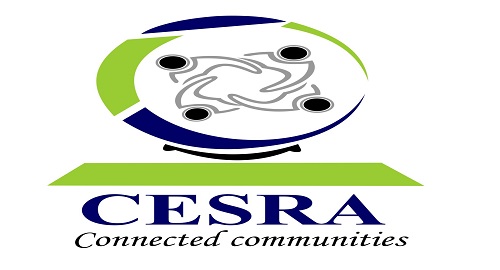What All Executive Directors Must Know about Effective Donor Communications
In your quest to attract and convert more donors to support your mission, it’s easy to focus on simply getting your emails, social media posts, and direct mail letters off of your desk and in front of supporters. After all, your to-do list isn’t getting any shorter, right? I can relate. But the only way to truly get the most out of your efforts—and have any hope of catching the attention of your donors—is to focus on sending the right message to the right people at the right time through the right channel.
Here are three things to keep in mind when it comes to making your donor communications more effective:
You can’t treat your list as one amorphous blob.
Yes, it’s easier to send one message to your entire list and be done with it, but…don’t. Your message will be more effective if you employ a divide and conquer, more personalized approach. Create groups of donors who share similar characteristics so you can send more targeted communications. Messages that are more relevant, specific, and meaningful to each segment of your audience will be more likely to be seen, read, and acted upon. Grouping donors by giving level, last gift date, program preferences, and demographic information will allow you to communicate with each segment more appropriately and effectively.
Your donor communications need to be multi-channel.
The medium is just as important as the message. Beyond reaching donors through the channels that work best for them, keep in mind that many of your supporters are not single-channel consumers, so you have an opportunity to repeat, remind, and reinforce when they can see your message throughout their journey with your nonprofit. Take your key message, images, and calls to action and resize them for your communications channels so you create a consistent experience that will stand out to your donors and inspire them to act, no matter where they see your campaign.
Data will make your donor communications more effective (and make your job easier).
It’s difficult, nearly impossible, to make smart decisions about your outreach without the right data to inform your strategy. Details about past campaign performance, donor history, gift amounts, last gift date, and preferred communication method will allow you to segment your list and deploy more relevant messages. When your data is organized, accessible, and actionable in a donor management system, you will spend less time hunting down the information you need, relying on out-of-date records, and missing opportunities. Instead, you’ll be able to quickly and confidently take the actions you know will work for your unique set of constituents. Plus, as you collect more data from your campaigns, you will be able to analyze results and spot trends in your database, which will help you get smarter with each communication you send.
All of this will take a bit more work up front, but creating a more tailored approach for your nonprofit’s donor communications will make sure the time you spend on your outreach results in increased giving, better donor retention, and more return on your investment of time and money.
Article by : Caryn Stein


Submit your Comment/Review